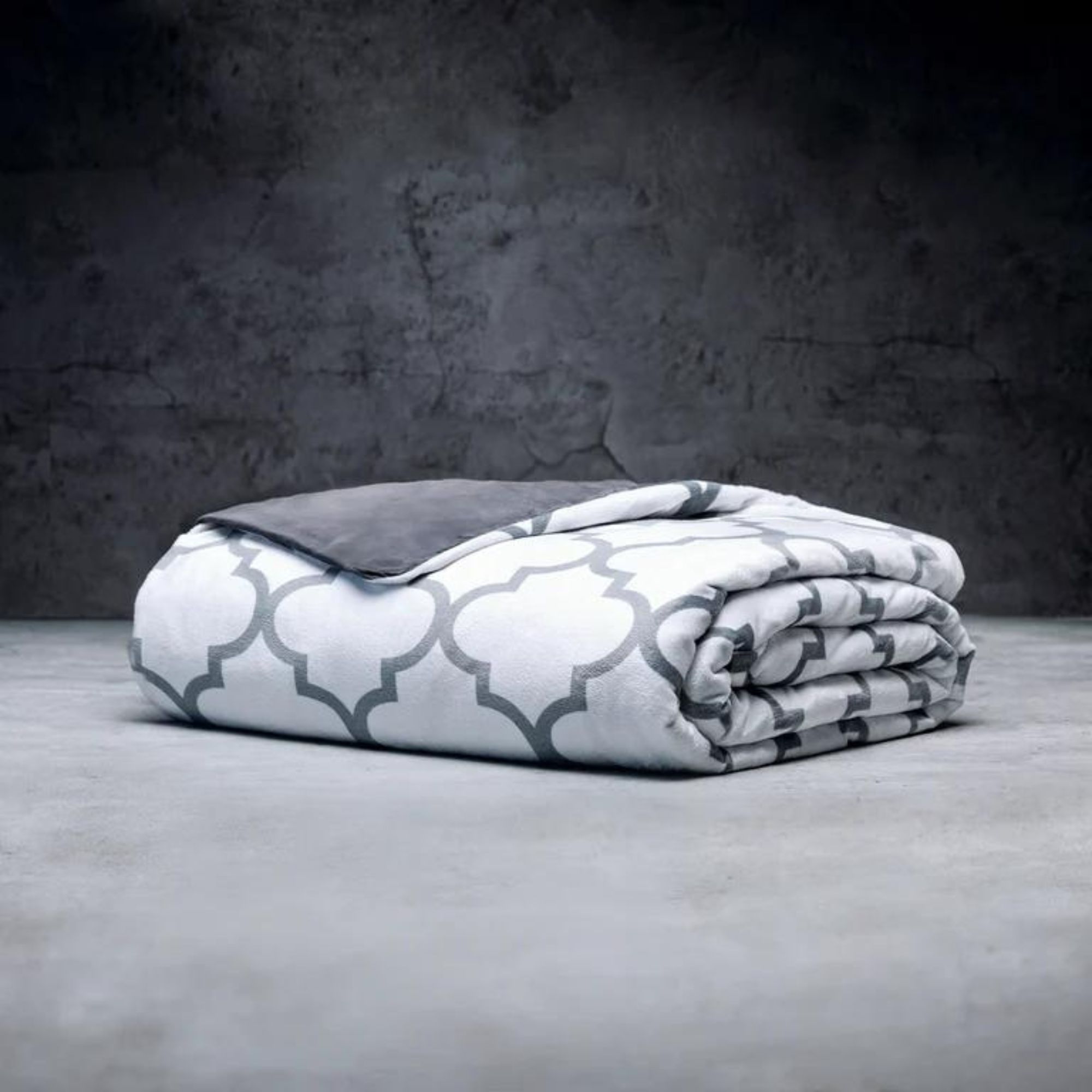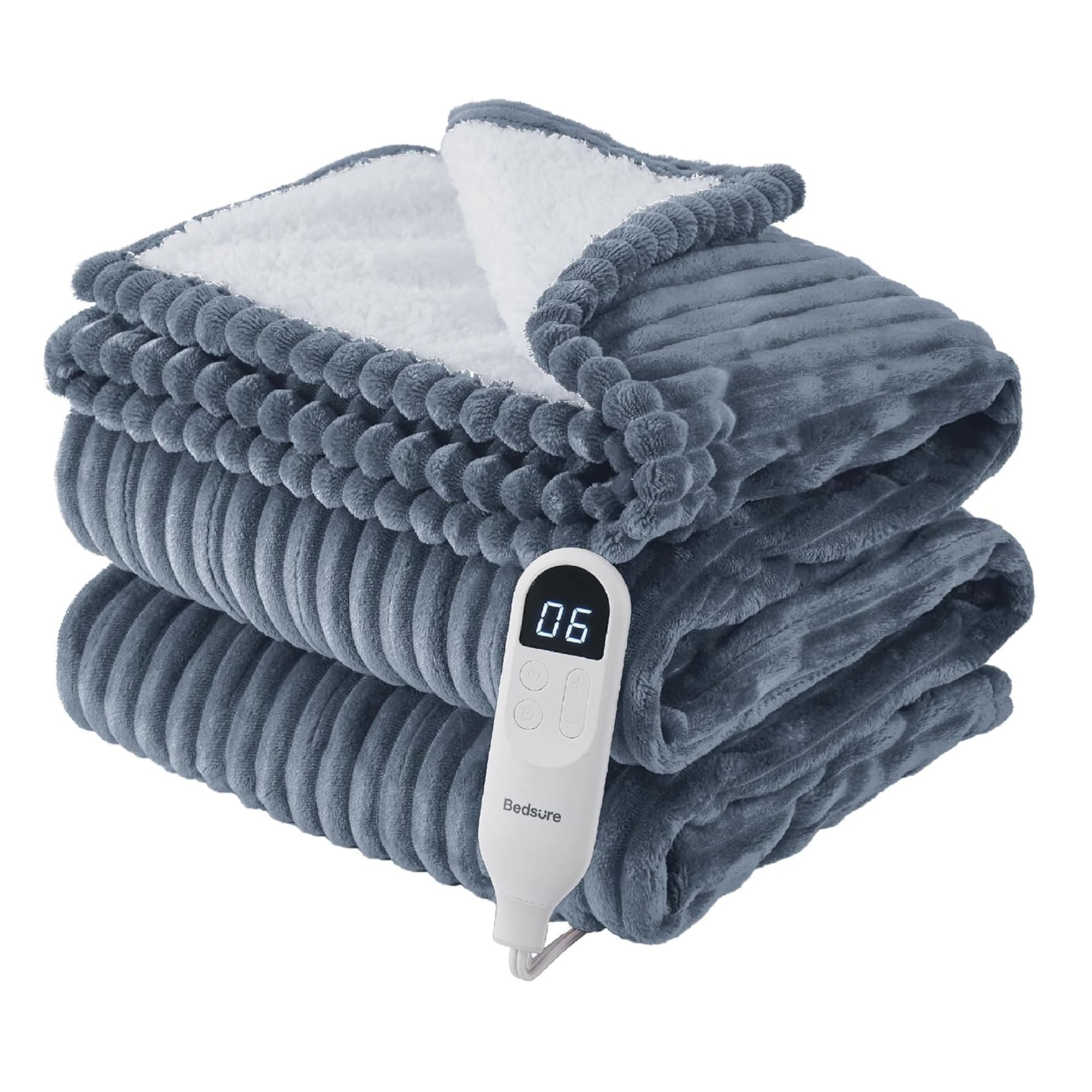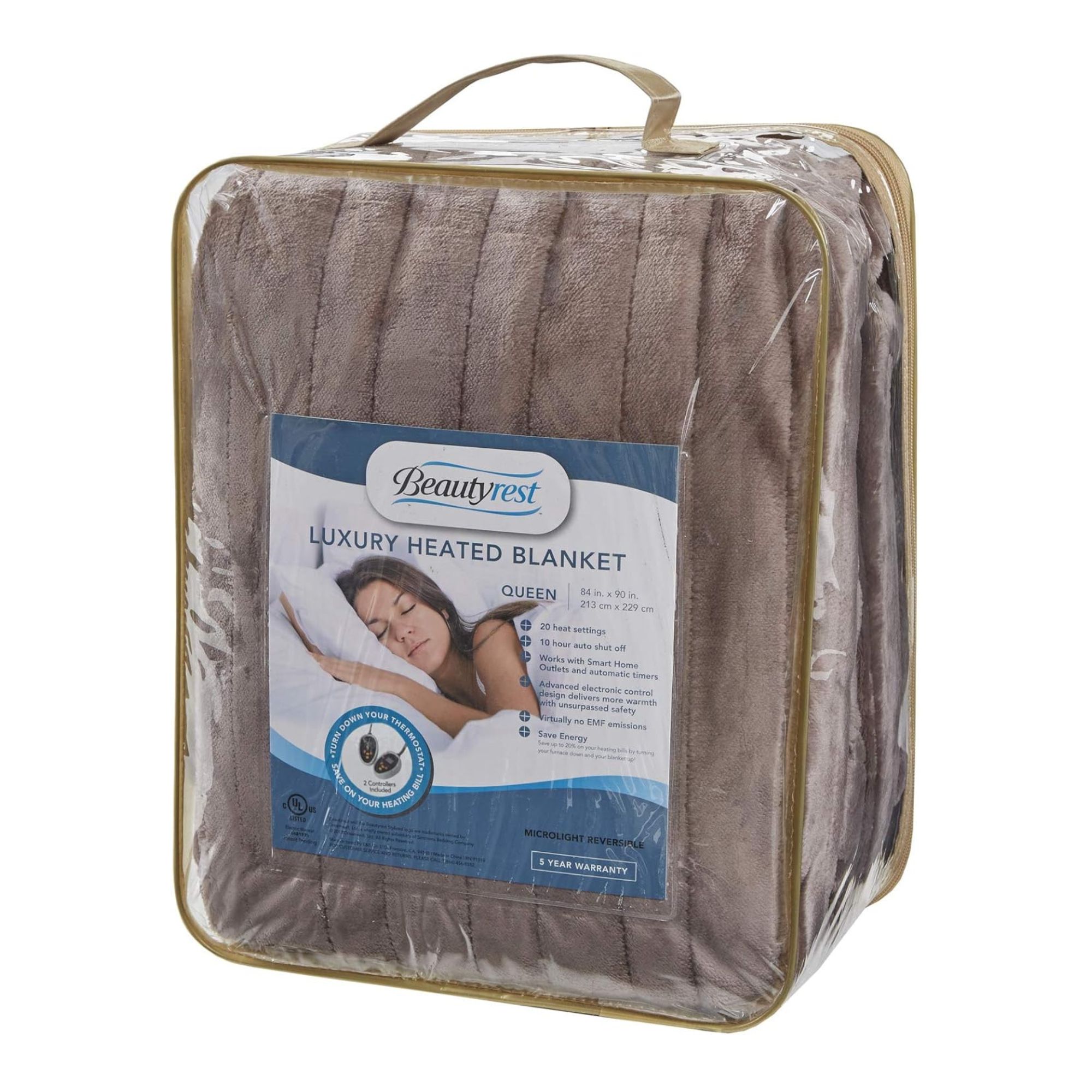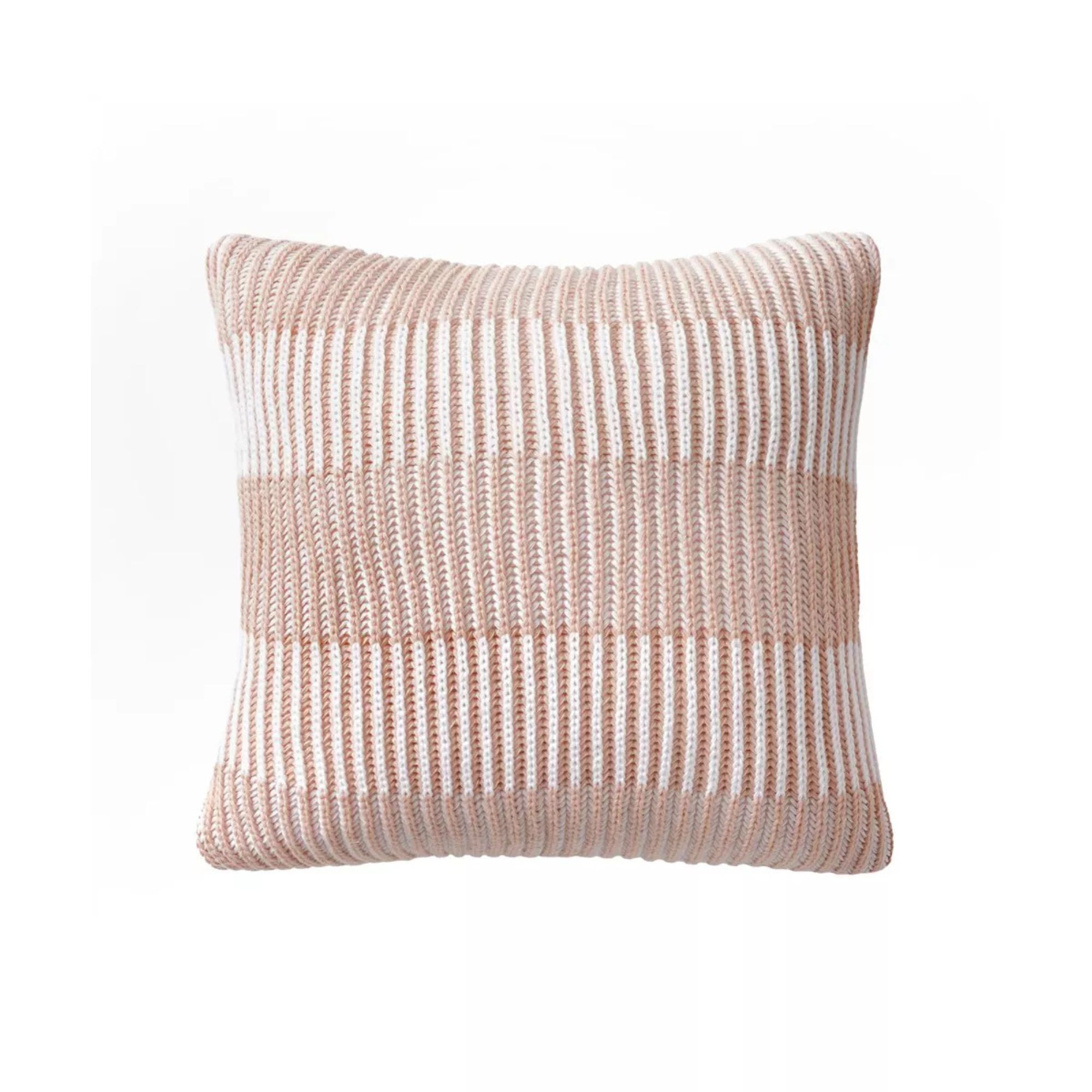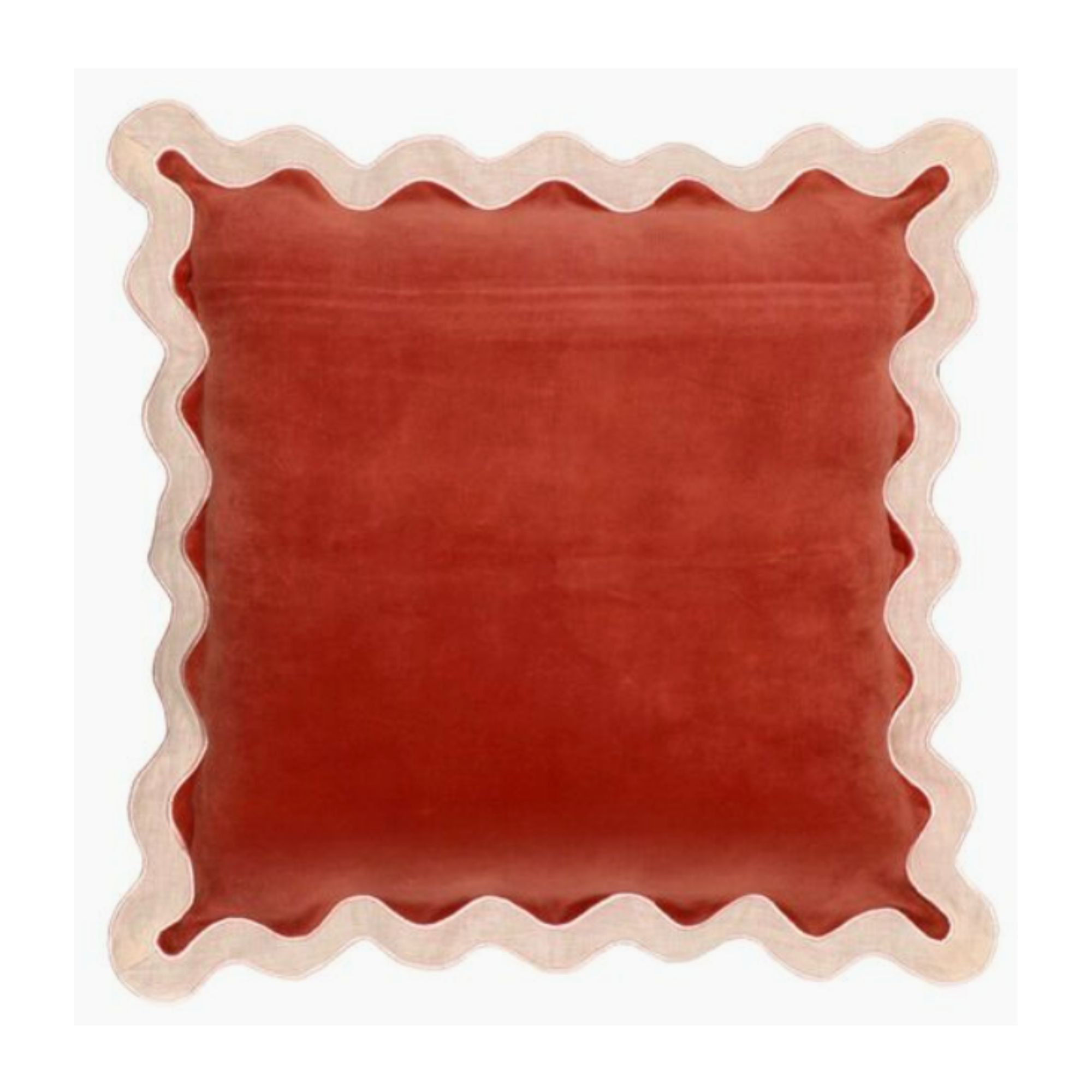How to make bedding feel warmer in winter − 5 easy upgrades for a nice, fluffy bedspread
I've combed through our back catalog of reviews to bring you cozy comforters, snuggly sheets, and the best throw blankets to tie your bed together


Chiana Dickson
I love nothing more than a duvet day in the depths of winter. I like to nestle into a cluster of throw pillows, pull my flat sheet right over my nose, and cuddle up under my comforter to watch a festive film.
Here's how to sleep better in winter: you need to make your bedding feel warmer. First, you need a set of the best bed sheets: that's your base. Make sure to switch out your summer duvet for the best warm comforter, filled with feather and down or moisture-wicking wool. If you're a cold sleeper, or you live in a particularly cold climate, I suggest you leave a throw blanket at the end of the bed, so you can grab it if you wake up in a cold sweat.
As H&G's resident Sleep Editor, I'm often asked how to keep warm while you sleep. My first piece of advice is practical: make sure your bedroom is well insulated. Swap your blinds for heavy curtains and seal drafts around doors and windows. If you've tried that, and you're still struggling to sleep in the winter, then it's time to invest in some warm bedding. Failing to switch to your winter bedding is the number-one cold weather sleeping mistake you might be making.
How to make bedding feel warmer – 5 easy upgrades
From switching out your synthetic sheets to switching on your electric blanket, these are five easy upgrades to make your bedding feel warmer this winter. This way, you don't have to leave your heating on all night, but you can still feel snug as a bug in a rug.
1. Opt for a higher duvet tog
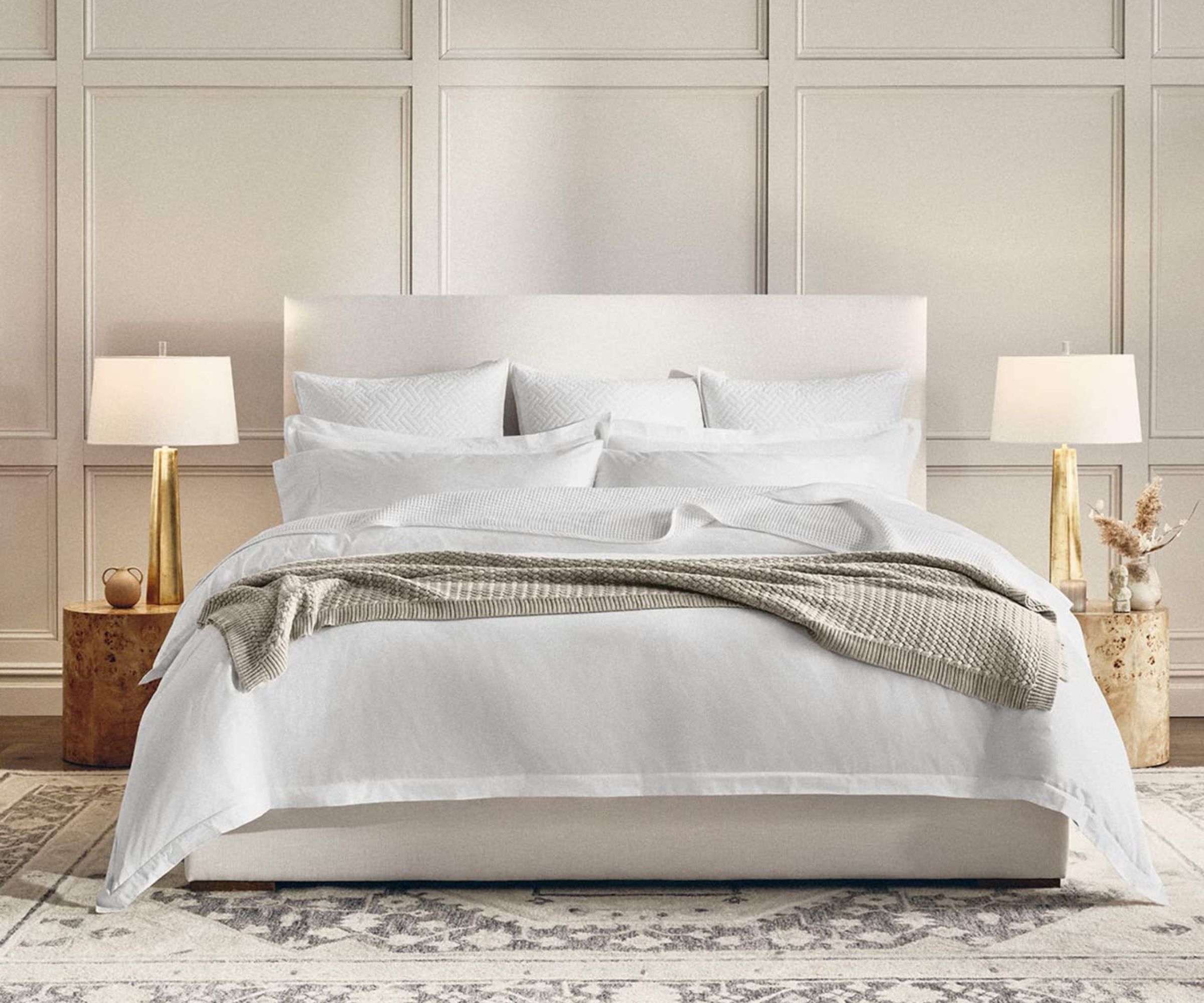
'What duvet tog do I need?' is a question I get a lot. In case you didn't know, 'tog' stands for 'thermal overall grade', and it's measured on a relative scale from 1 to 15. The higher the tog, the warmer the duvet. If you're shopping for a winter duvet, then you're looking for a tog rating between 10 and 15.
Here's how to choose a duvet for winter: steer clear of synthetic fibers and fills in favor of natural materials. A feather-and-down blend gives the best balance of weight and warmth and creates natural loft for a beautiful bedspread. If you suffer from night sweats or hot flashes, you might want something more breathable. I recommend organic wool as a natural moisture-wicker. According to the Woolroom Clean Sleep Report, wool can hold up to a third of its weight in water (or sweat), keeping your bed and your body clean and dry.
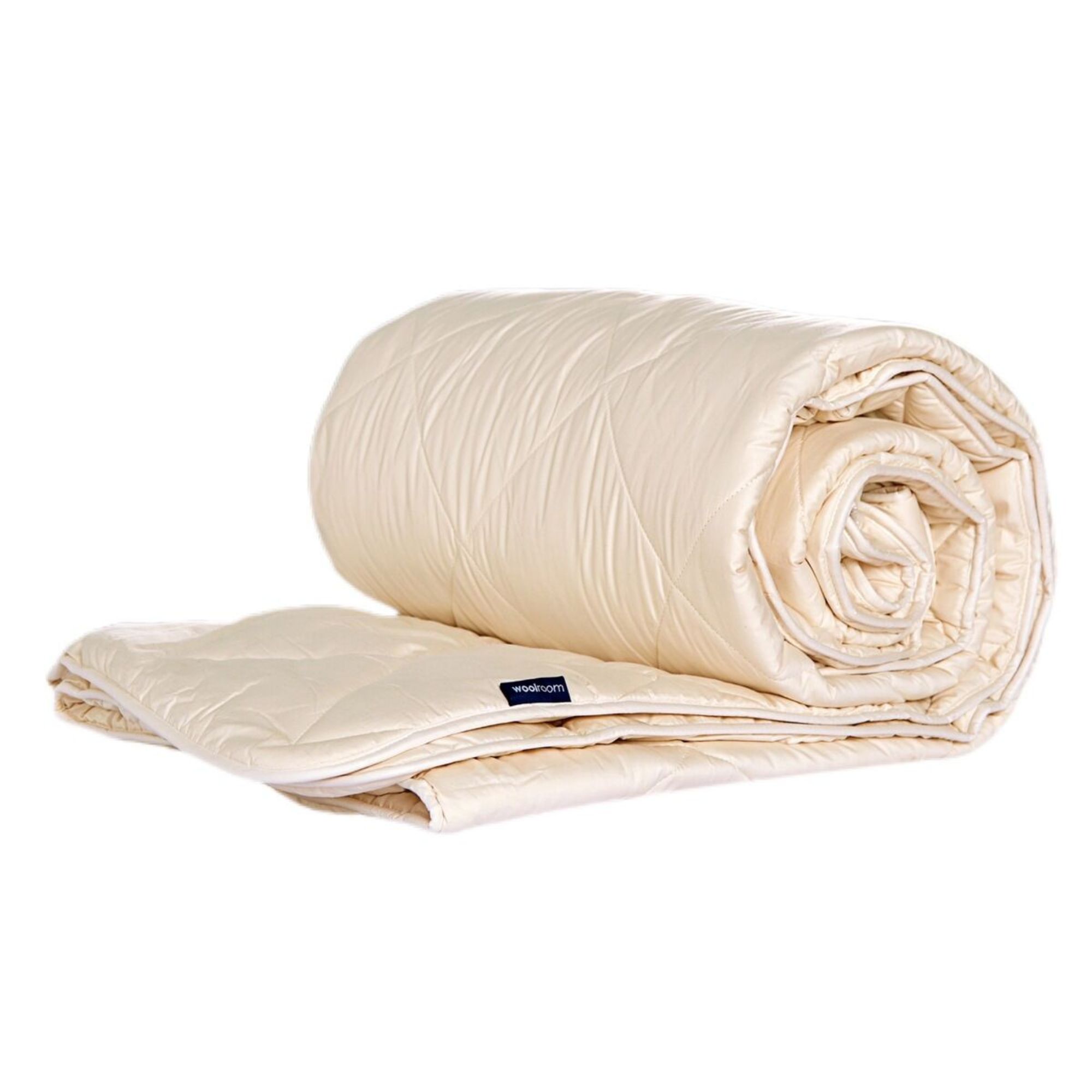
Back in the spring, I went on the Woolroom Sleep Retreat: that's where I tried their Wool Comforter for the first time. I'd always thought that wool would feel stiff and scratchy, like and old sweater, but it's actually very breathable. I recommend the Warm weight for cold sleepers and winter weather.
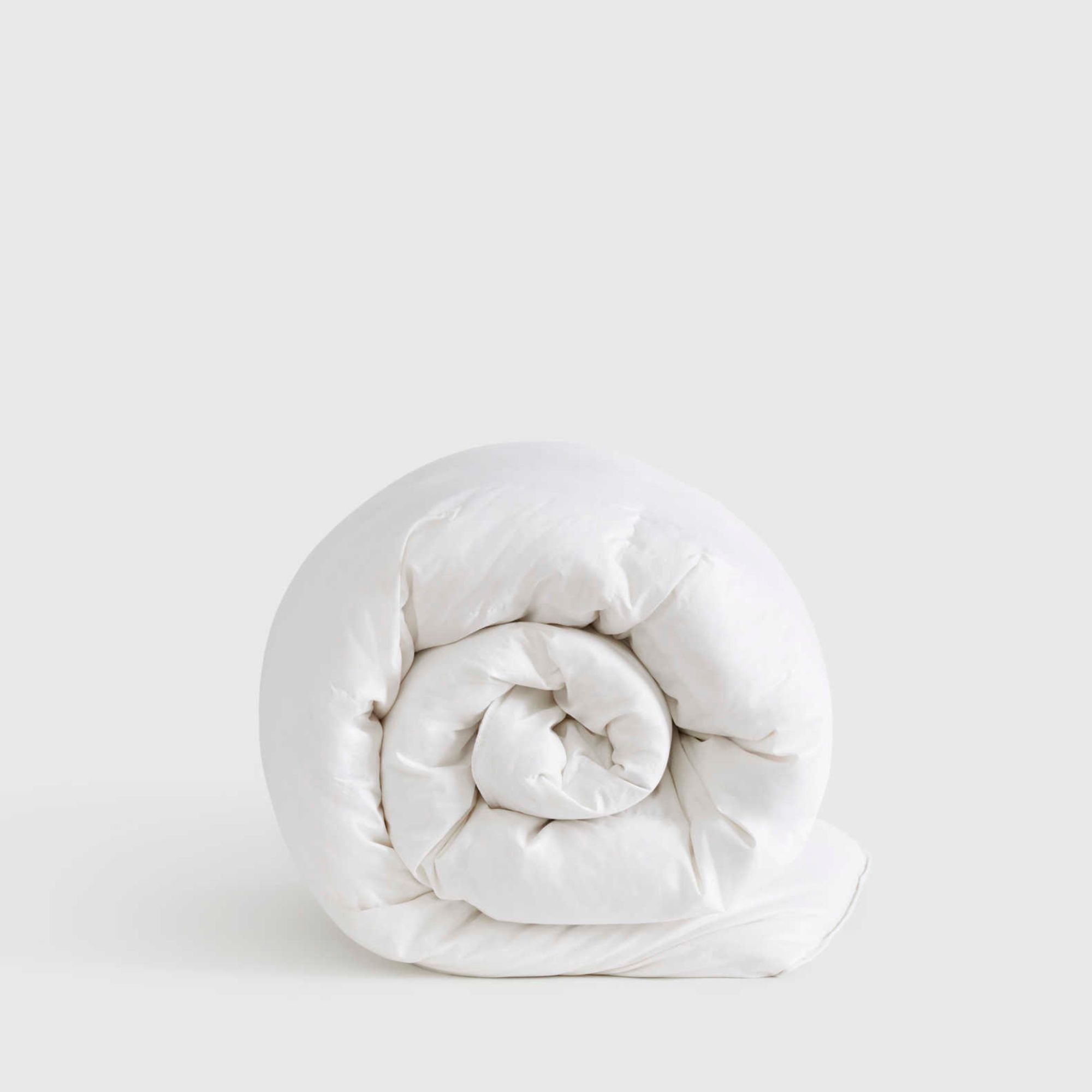
If you're allergic to feathers, or you prefer to purchase vegan products, I suggest you opt for a down alternative duvet insert. This one from Quince still has plenty of loft to make a nice, fluffy bedspread.
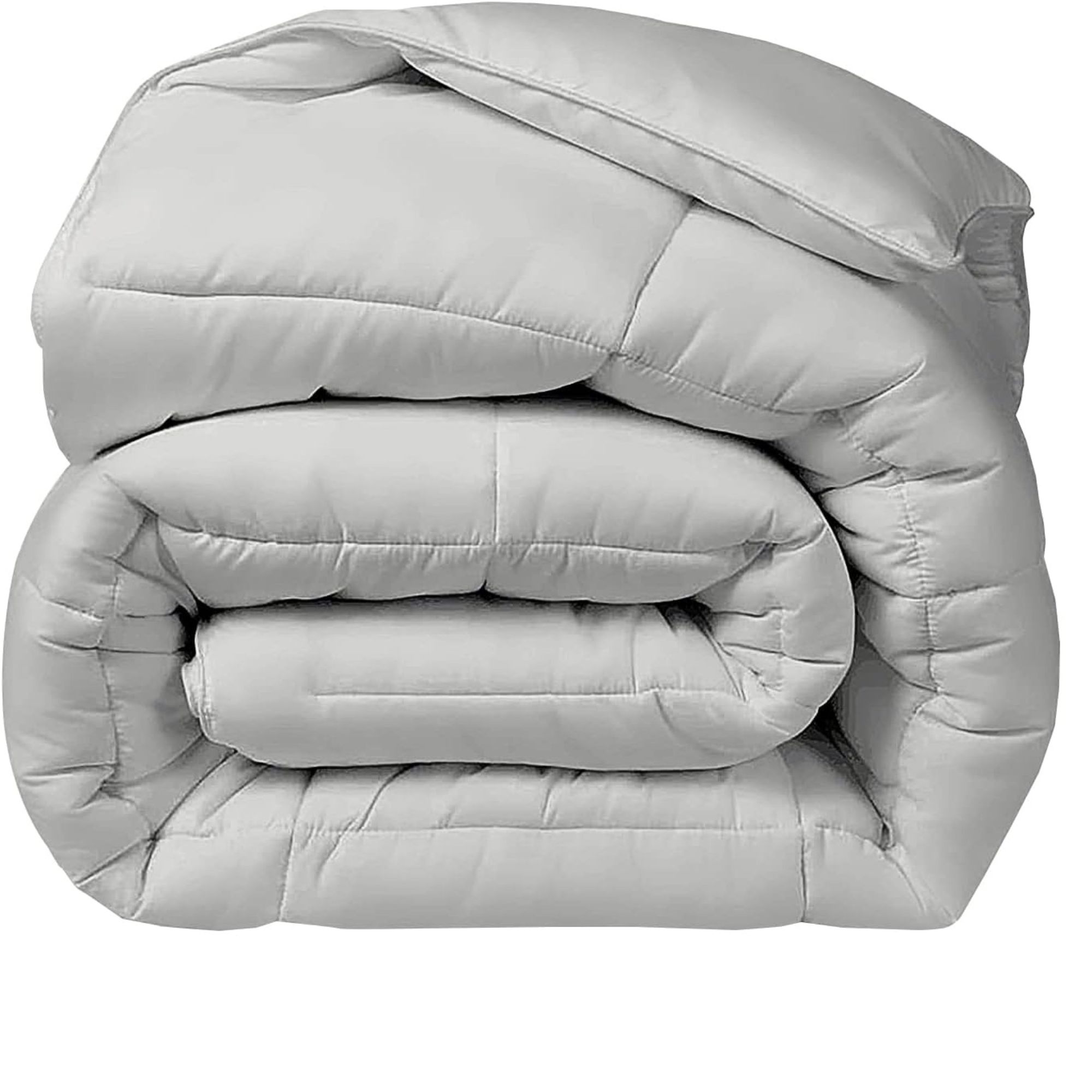
If you're buying on a budget, but you're keen to make the switch to a winter comforter, you could always shop at COHOME. This comforter gets more than 13,000 verified five-star reviews on Amazon, which is one of the best places to buy affordable bedding.
2. Swap out your synthetic sheets
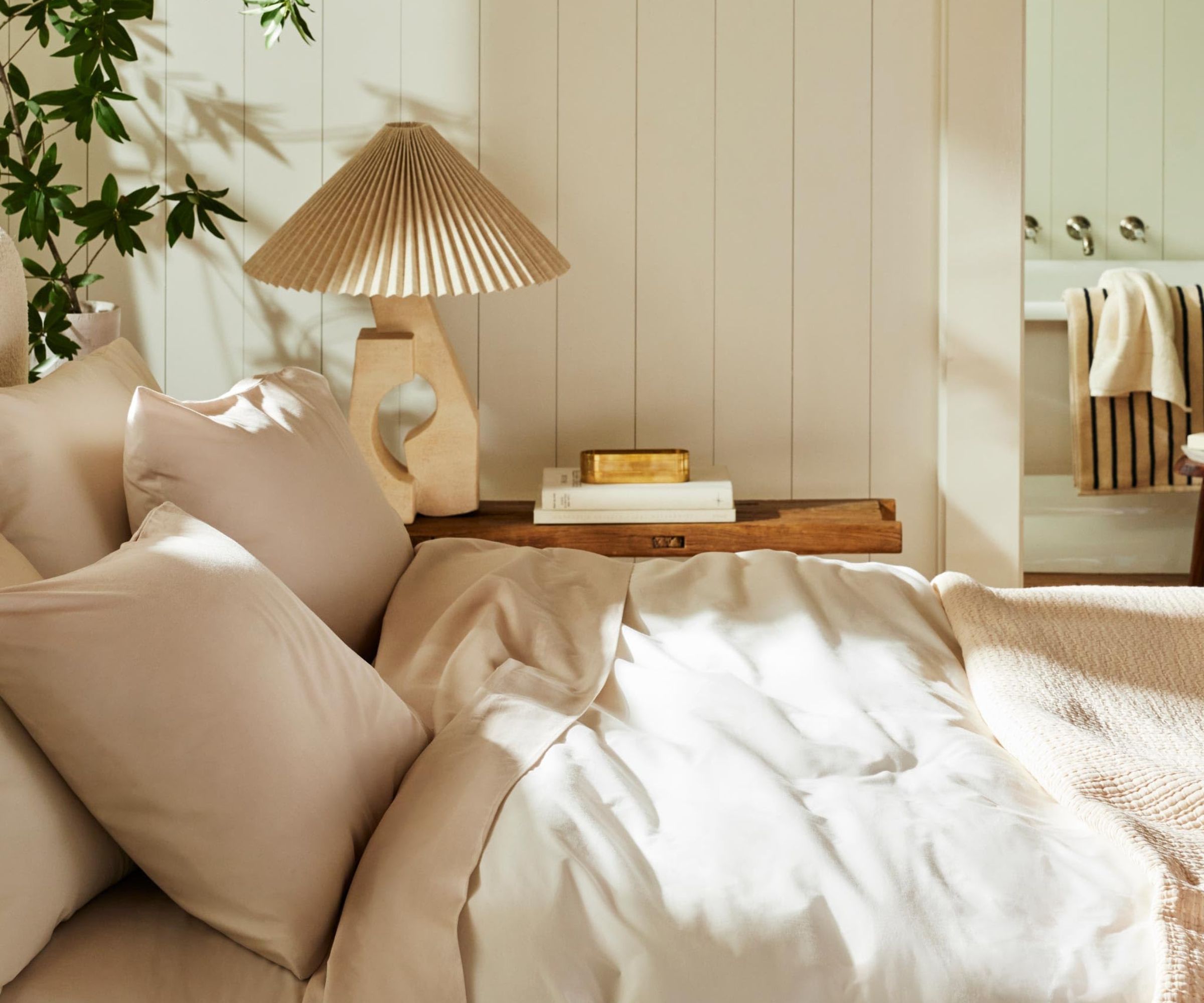
I like to split bed sheet types into two categories: natural and synthetic. Synthetic materials include polyester and microfiber, which are known to trap moisture, leaving you cold in the night and far from fresh in the morning. I recommend you swap your synthetic sheets for the natural thermoregulation of materials such as cotton, linen, bamboo, and eucalyptus.
It's not all a matter of materials: the way the fabric is woven matters, too. Take cotton. Cotton percale is a loose weave (one-thread-over, one-thread-under), which leaves plenty of room for air to flow through the fabric. It's a safe bet for hot sleepers and summer nights. If you're looking for something a little warmer, I recommend cotton sateen (three-threads-over, one-thread-under). This makes a tighter weave to retain heat and keep you cozy.
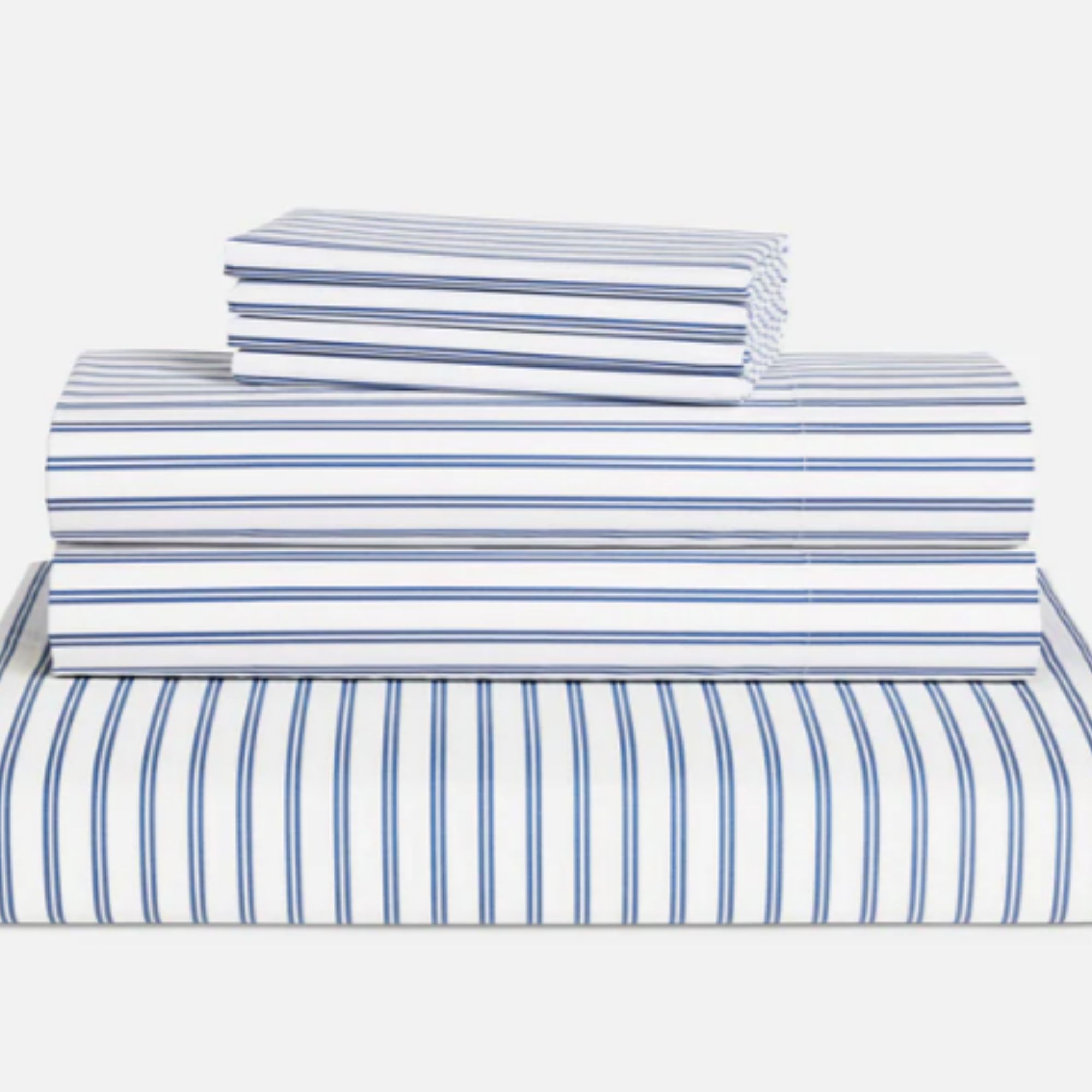
This silky-smooth sheet set sits in the top spot of our best bed sheets buying guide. We test each set for comfort and cooling, considering the cost and the width of the colorways, and this Brooklinen set excels in all areas.
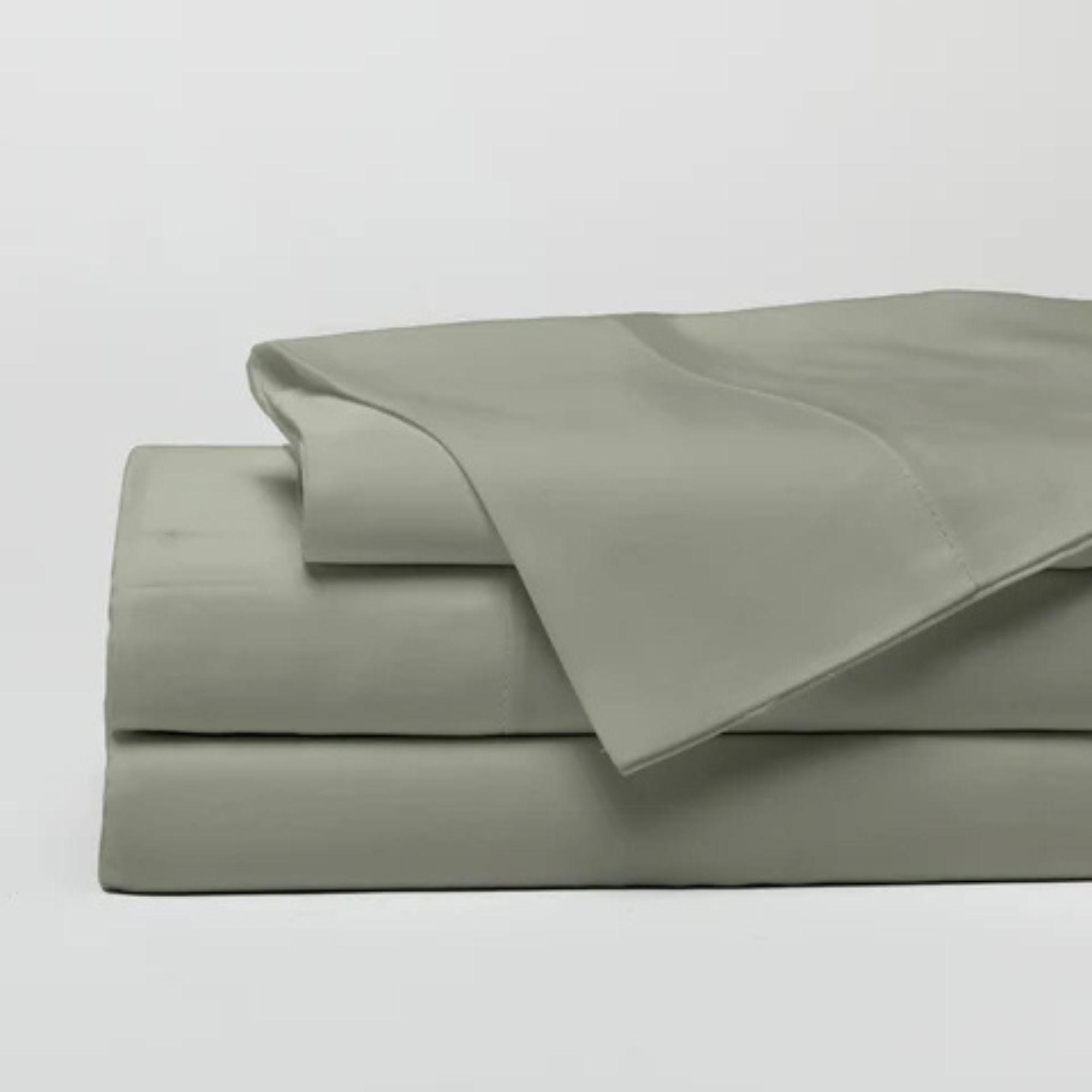
Just because you want your bedding to feel warmer in winter doesn't mean you want to overheat in bed. The best thing about bamboo is its natural breathability: moisture-wicking and antimicrobial, it's built to bust the bacteria that breed in warm, damp environments, such as a bed.
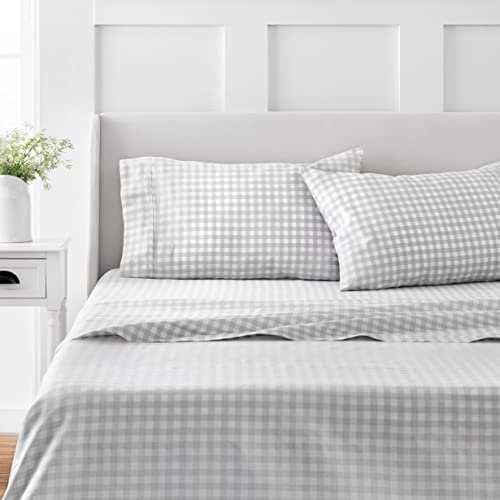
If you're buying on a budget this winter, you should narrow the search to the best affordable bed sheets. This cozy cotton set gets hundreds of five-star reviews from verified customers on Amazon for its wide colorways and crease-free finish.
3. Finish the bed with a throw blanket
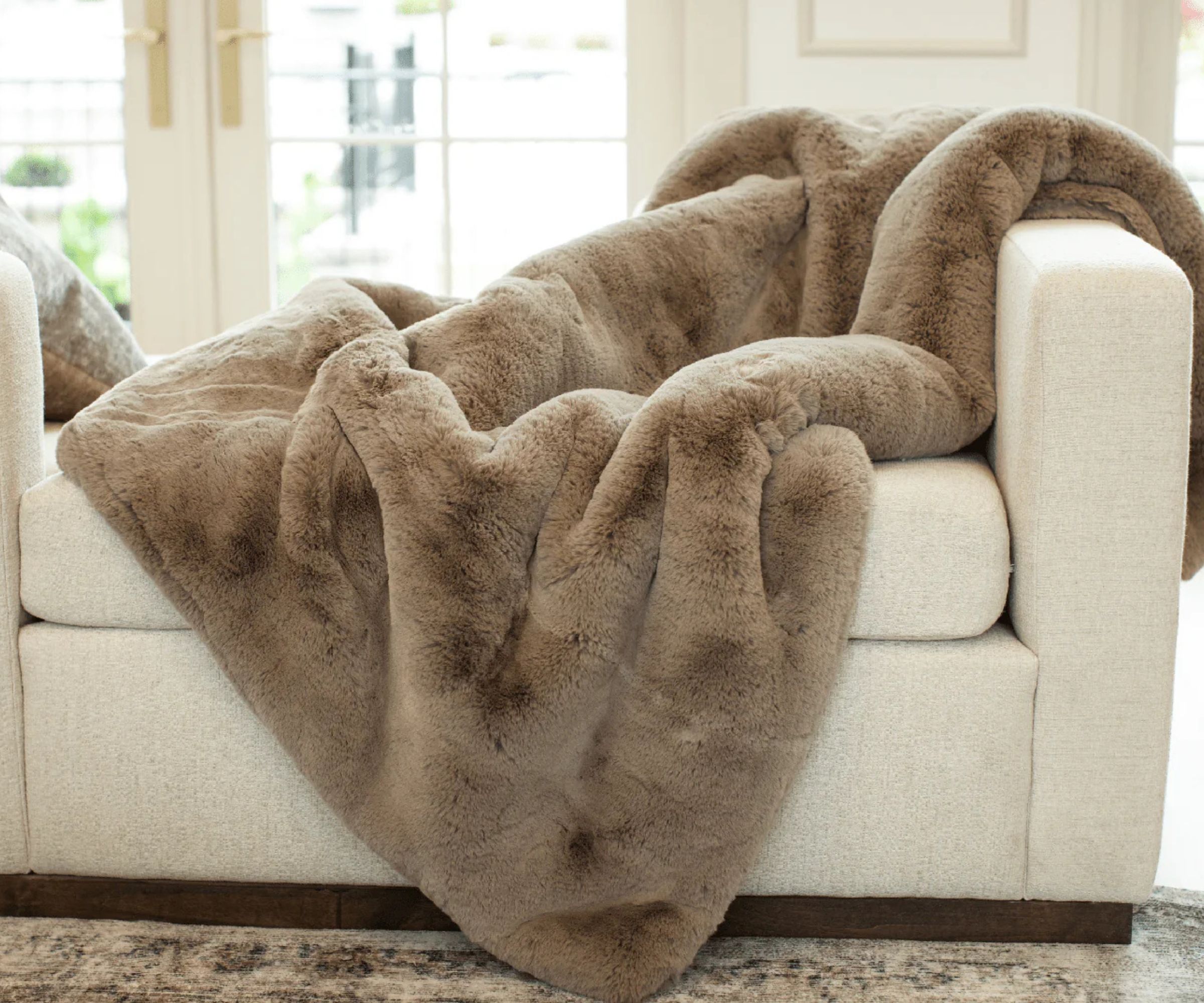
Every bed needs a throw blanket. Practically speaking, it's an extra layer of warmth, and a way of weighting down the end of your comforter so that it doesn't shift and slip in the night. You can buy a throw blanket in a shade that complements the rest of your color scheme or branch out and add a pop of color to the end of your bed.
Most of the best places to buy bedding also sell blankets, but so do some of your favorite home retailers. Anthropologie makes stylish throws in a wide range of prints and patterns to make a statement, while Pottery Barn makes fluffy throws that would look just as good spread over the end of your bed as they would draped over the arm of a chair or a sofa.
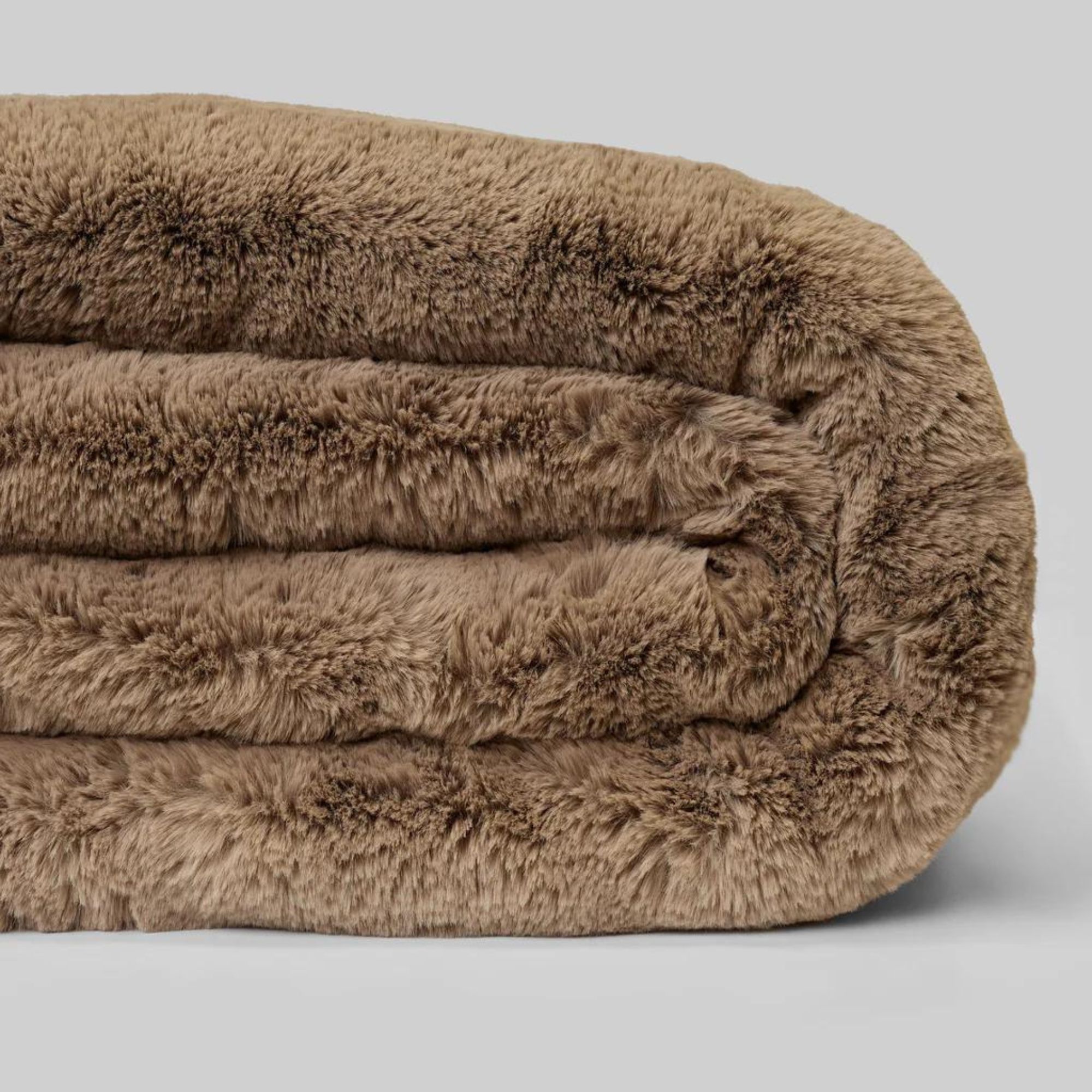
I received the Cozy Earth Cuddle Blanket as part of a bedding bundle, along with their Bamboo Comforter and Bamboo Mattress Pad. This was the hero product: super-soft, with a nice, thick pile to run between your fingers.
4. Add a heated blanket
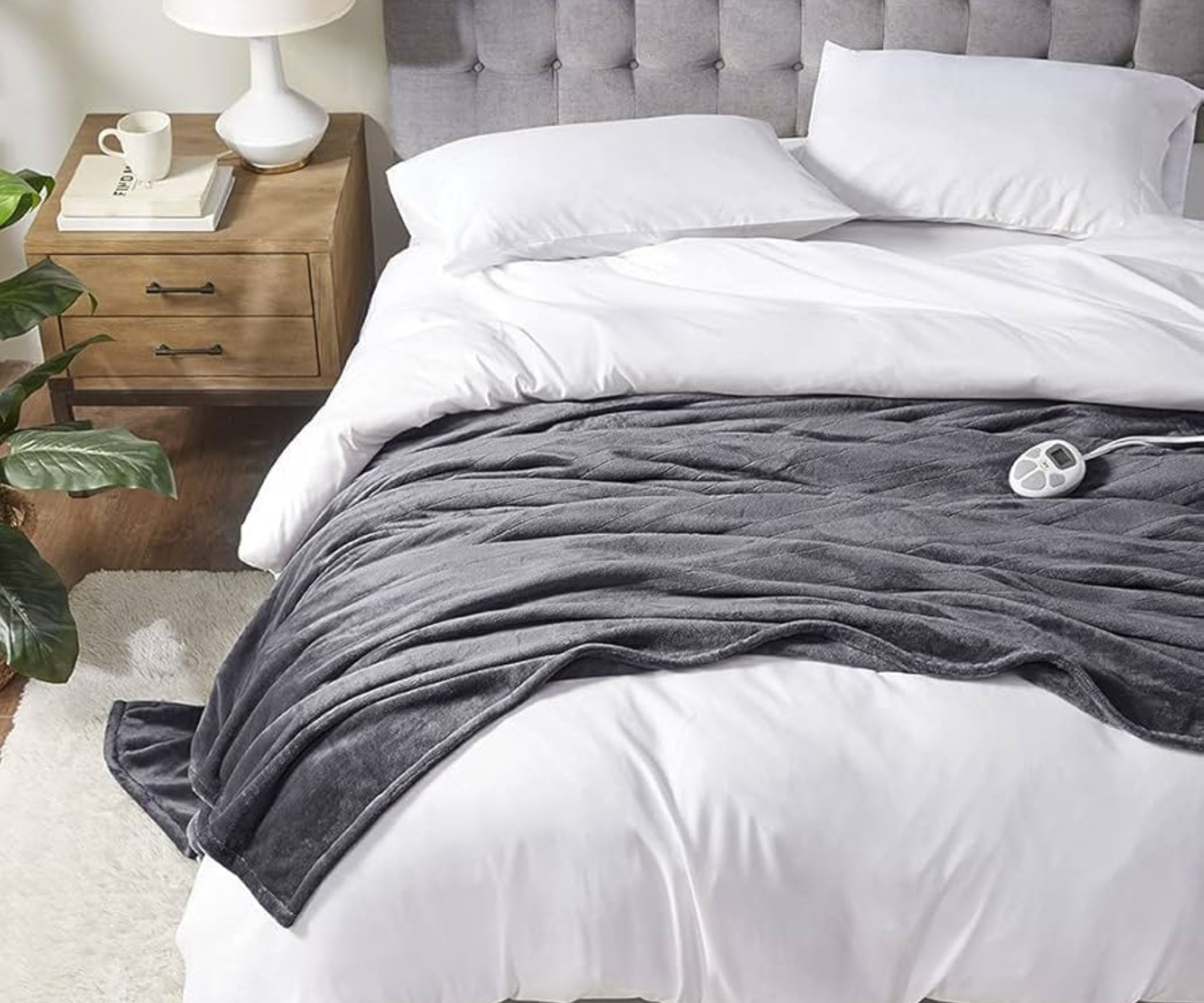
Even with all those layers, my bed sometimes still feels ice cold when I first get into it. After all, it's been sitting empty all day.
My solution is to use a heated blanket, sandwiched between my duvet and my flat sheet, to warm the bed before I get in. Then, I can either switch it off and snuggle up to read my book or unplug the blanket and fold it neatly under my bed to use again tomorrow.
All the while, the natural materials in my bedding are absorbing this heat, so I don't feel so cold in the night or first thing in the morning.
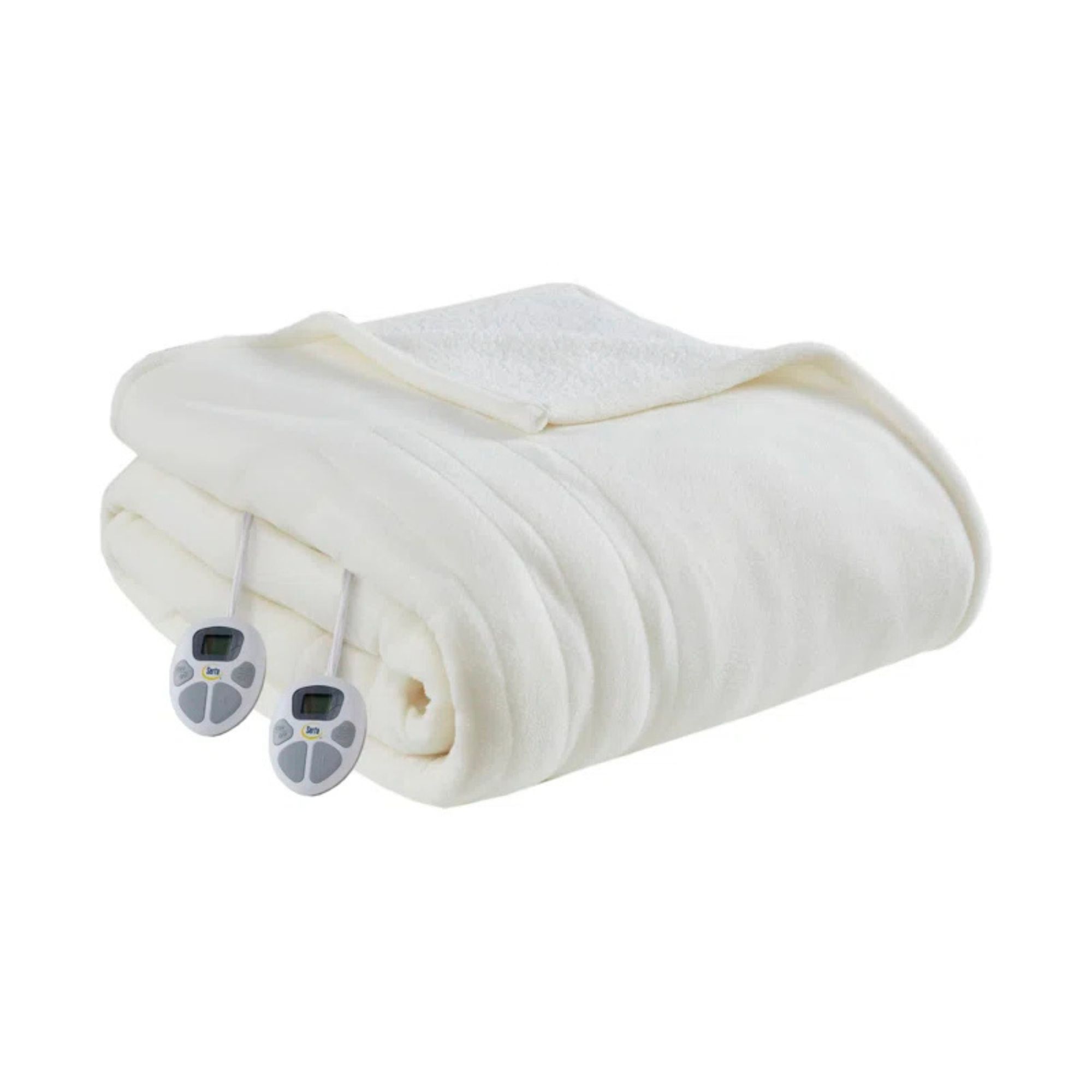
This heated blanket comes with 10 heat settings, so you can decide whether you want your bed to be gently warm or nice and toasty.
5. Stack up throw pillows
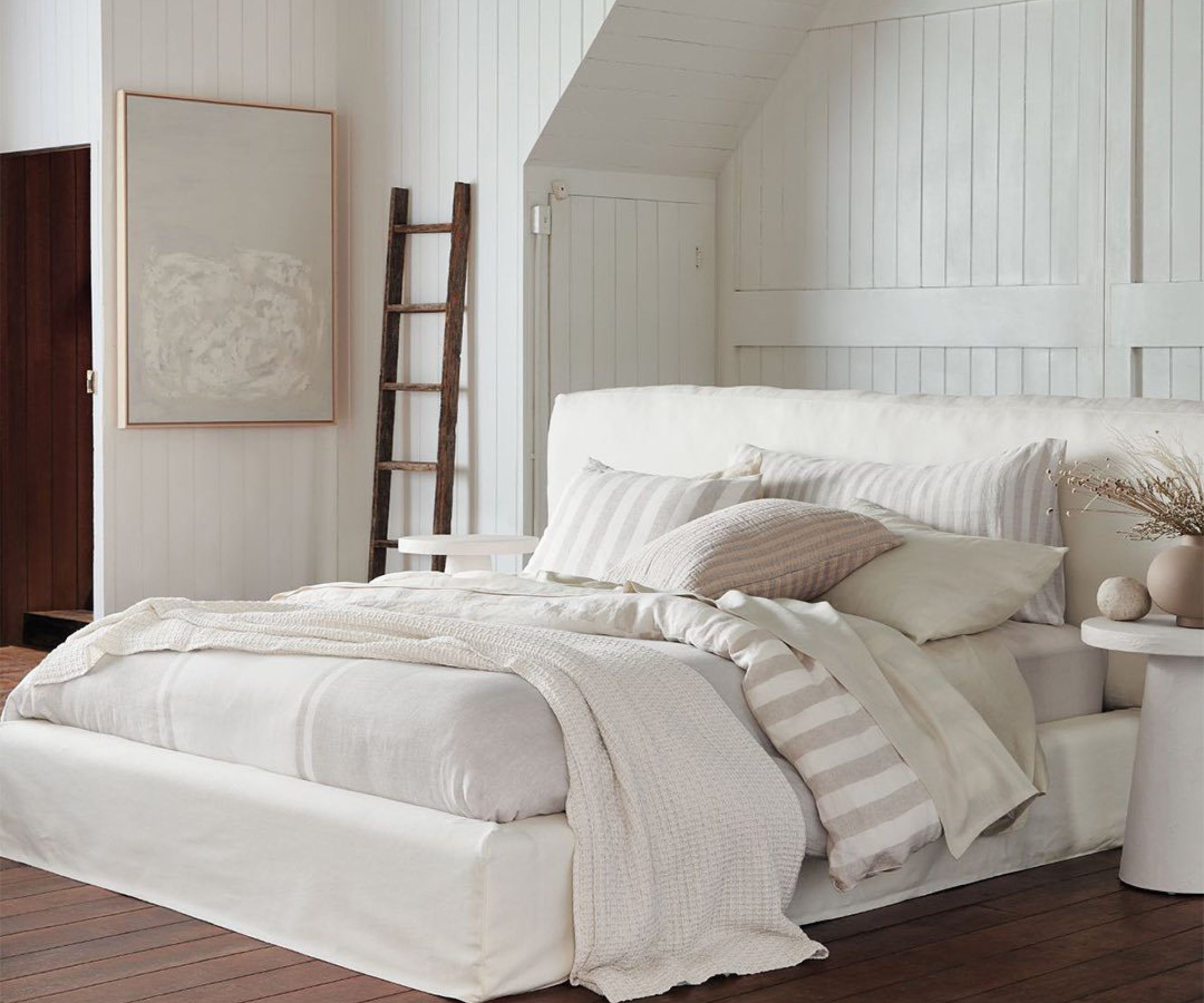
I like to keep multiple pillows and throw pillows on my bed at all times: it makes the bed look so much fluffier and all the more inviting. I like to settle in between them all when I'm winding down for the night.
I love shopping for throw pillows, but I find it so irritating when you have to shop the pillowcase and the pillow insert separately. It strikes me as a grab for money. With that in mind, here are a few of my favorite throw pillows, which are already integrated.
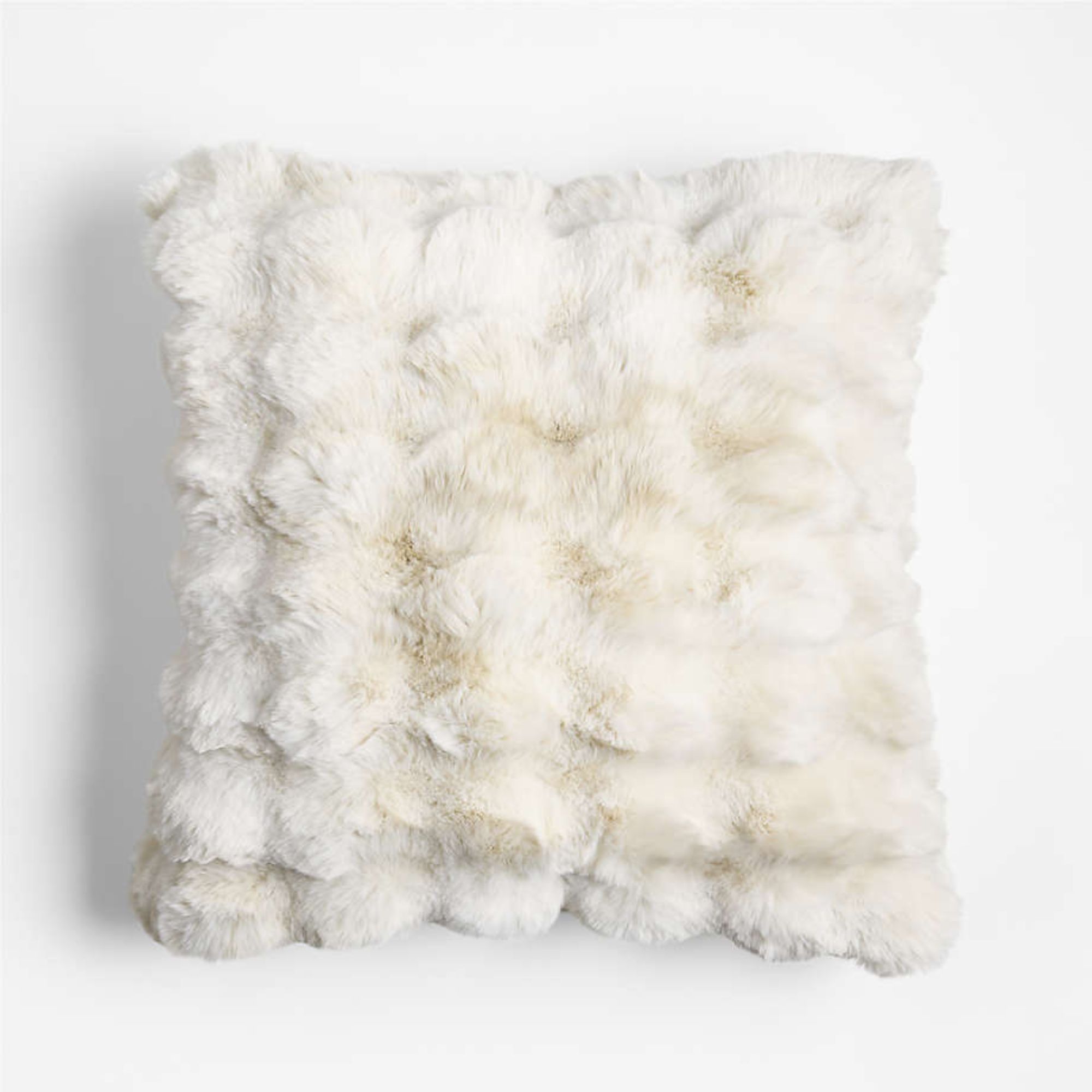
I love the look and feel of faux fur. You could shop this piece in Arctic Ivory to blend with the best white bed sheets or opt for Sierra Tan to add a bit of depth and dimension.
Now that you've made your bedding feel warmer, it's time to make your bedroom cozy. Make easy, affordable upgrades to your wall decor and room fragrance or be bold and repaint your walls or recarpet your floor.
Sign up to the Homes & Gardens newsletter
Design expertise in your inbox – from inspiring decorating ideas and beautiful celebrity homes to practical gardening advice and shopping round-ups.

Emilia is our resident sleep writer. She spends her days tracking down the lowest prices on the best mattresses and bedding and spends her nights testing them out from the comfort of her own home. Emilia leads a team of testers across America to find the best mattress for every sleep style, body type, and budget.
Emilia's quest to learn how to sleep better takes her all around the world, from the 3Z mattress factory in Glendale, Arizona to the Hästens headquarters in Köping, Sweden. She's interviewed luxury bedding designers at Shleep and Pure Parima, as well as the Design Manager at IKEA. Before she joined Homes & Gardens, Emilia studied English at the University of Oxford.
- Chiana DicksonContent Editor
-
 The 5 biggest design mistakes I have made in the last 20 years of decorating and renovating – and what I have learned from them
The 5 biggest design mistakes I have made in the last 20 years of decorating and renovating – and what I have learned from themLife is all just trial and error, or at least, the way I've been decorating has been
-
 Diane Keaton's former Lloyd Wright-designed home is a mid-century modern treasure trove – it's listed for $12.8 million
Diane Keaton's former Lloyd Wright-designed home is a mid-century modern treasure trove – it's listed for $12.8 millionThe actress purchased an iconic property in the Pacific Palisades, which she lovingly renovated – today, it's as timeless as ever (and in need of a new owner)
